Guidelines from Journal of Fluid Mechanics (Referred as JFM
advertisement
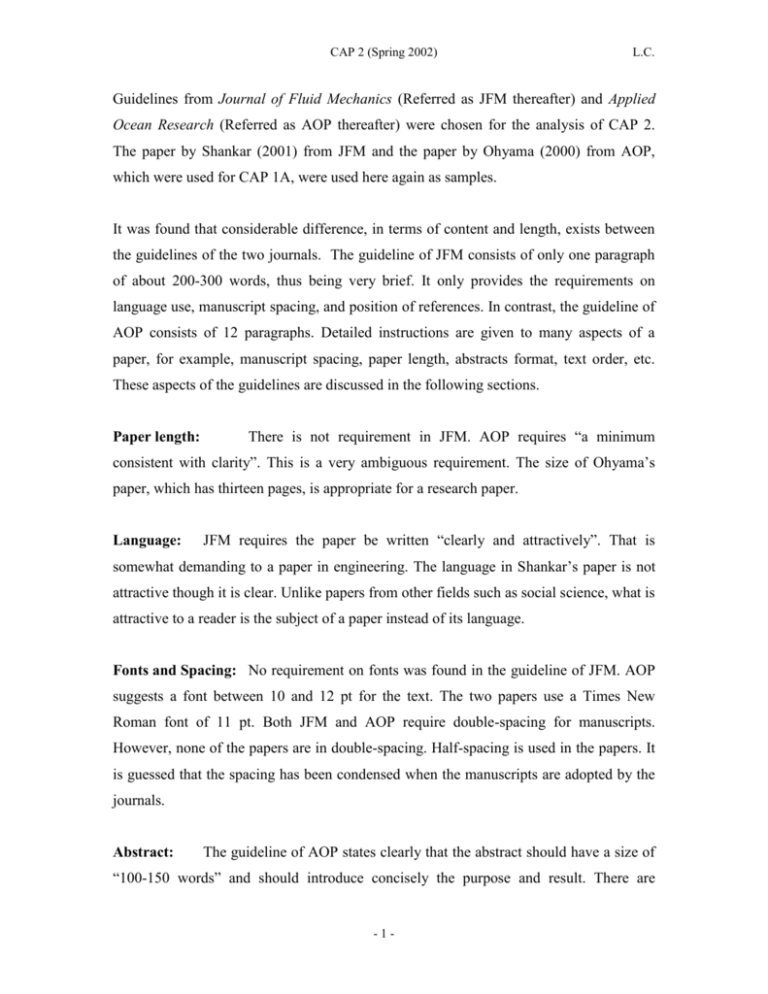
CAP 2 (Spring 2002) L.C. Guidelines from Journal of Fluid Mechanics (Referred as JFM thereafter) and Applied Ocean Research (Referred as AOP thereafter) were chosen for the analysis of CAP 2. The paper by Shankar (2001) from JFM and the paper by Ohyama (2000) from AOP, which were used for CAP 1A, were used here again as samples. It was found that considerable difference, in terms of content and length, exists between the guidelines of the two journals. The guideline of JFM consists of only one paragraph of about 200-300 words, thus being very brief. It only provides the requirements on language use, manuscript spacing, and position of references. In contrast, the guideline of AOP consists of 12 paragraphs. Detailed instructions are given to many aspects of a paper, for example, manuscript spacing, paper length, abstracts format, text order, etc. These aspects of the guidelines are discussed in the following sections. Paper length: There is not requirement in JFM. AOP requires “a minimum consistent with clarity”. This is a very ambiguous requirement. The size of Ohyama’s paper, which has thirteen pages, is appropriate for a research paper. Language: JFM requires the paper be written “clearly and attractively”. That is somewhat demanding to a paper in engineering. The language in Shankar’s paper is not attractive though it is clear. Unlike papers from other fields such as social science, what is attractive to a reader is the subject of a paper instead of its language. Fonts and Spacing: No requirement on fonts was found in the guideline of JFM. AOP suggests a font between 10 and 12 pt for the text. The two papers use a Times New Roman font of 11 pt. Both JFM and AOP require double-spacing for manuscripts. However, none of the papers are in double-spacing. Half-spacing is used in the papers. It is guessed that the spacing has been condensed when the manuscripts are adopted by the journals. Abstract: The guideline of AOP states clearly that the abstract should have a size of “100-150 words” and should introduce concisely the purpose and result. There are -1- approximately 120 words in the abstract section of Ohyama’s paper. Both the purpose and result are mentioned briefly. Keyword is a component of the abstract section. The guideline of AOP demands the number of keywords be less than ten. There are 6 keywords in Ohyama’s paper. It satisfies the requirement although there are at least two or three words in each keyword. Text: The guideline of AOP requires articles to follow an order like this: Title, Author, Affiliations, Abstract, Keywords, Main text, Acknowledgements, Appendix, References, Vitae, Figure captions, and then Tables. Ohyama’s paper has all the above components except Acknowledgement, Vitae, Figure captions and Tables. They follow the order exactly. Figure and Table: No requirement was found in the guideline of JFM regarding to the format of figure and table. The guideline of AOP requires that each figure or table have an appropriate caption and be numbered consecutively. There are nine figures in Ohyama’s paper. They are named from figure 1 to figure 9. It is clear that the paper fulfill this requirement. Both journals discourage the use of color figures by imposing a high charge. No color figure was found in the papers. Units: The guideline of AOP requires SI unit and asks the author to avoid the use of “billion” because it has an ambiguous meaning in U.S. and European countries. Only “second”, the basic unit of time, was found in Ohyama’s paper. Most of the variables have been made dimensionless to avoid the confusion of units. Reference: The guideline of JFM suggests the format of APA and the guideline of AOP requires the format of Chicago. It was found that the two papers follow the instructions. -2-
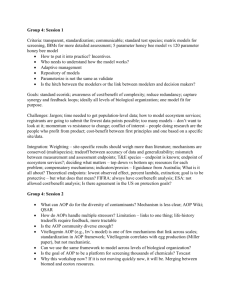
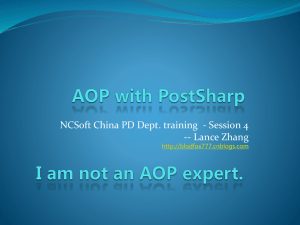
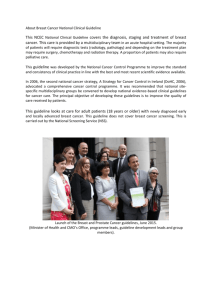

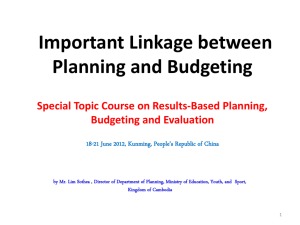

![2014-2015 [Word] - Palm Beach State College](http://s3.studylib.net/store/data/009169937_1-8cdd5145694854091e768edde5ffb7db-300x300.png)
![2015-2016 [Word] - Palm Beach State College](http://s3.studylib.net/store/data/009169938_1-7e6b04b360a013155124e7b81aa3af92-300x300.png)